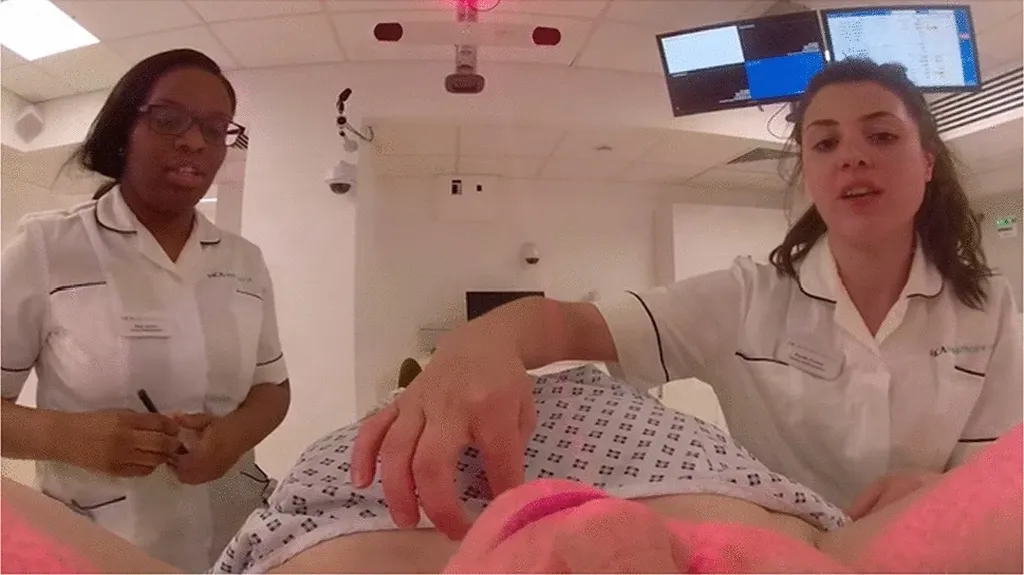Using narrative 360° video as a tool to promote breast self-examination
2024. Virtual Reality.
Harry Farmer, E Skoulikari, Chris Bevan, Stuart Gray, Kirsten Cater & Danaë Stanton Fraser.

This experiment examined the feasibility of 360° video as a tool for public health messaging by investigating the effect that viewing the 360° documentary The Waiting Room VR had on female viewers’ sense of identification, attitudes to breast cancer screening and mortality salience. A key part of the documentary places participants in a viewpoint ambiguously aligned to that of the film’s director and subject, Victoria Mapplebeck (VM), in a scene that recreates her radiotherapy treatment for breast cancer. Eighty female participants watched the documentary either sitting upright with the chair back set at a 90° angle or reclining with the chair back set at a 140° angle (consistent with VMs posture) under conditions of either high or low cognitive load. The effect of posture type was measured explicitly using questionnaires on presence, identification and breast self-examination (BSE) intention as well as implicitly using a lexical decision task to measure death-thought awareness (DTA). Reclined posture led to a higher sense of spatial presence but no increase in identification with VM. Significantly increased identification with VM led to greater intention to conduct BSE. There were no effects of posture, cognitive load or identification on DTA. The implications of these results for using 360° video as a behaviour change tool, the effects of the COVID-19 pandemic on the terror management manipulation and the relevance of spatial viewpoint in 360° video are discussed.
Full paper
https://link.springer.com/article/10.1007/s10055-023-00918-5
Citation
Farmer, H., Skoulikari, E., Bevan, C., Gray, S., Cater, K., & Stanton Fraser, D. (2024). Using narrative 360° video as a tool to promote breast self-examination. Virtual Reality, 28(1), 34.
BibTeX
@article{farmer2024using, title={Using narrative 360° video as a tool to promote breast self-examination}, author={Farmer, Harry and Skoulikari, E and Bevan, Chris and Gray, S and Cater, Kirsten and Stanton Fraser, D}, journal={Virtual Reality}, volume={28}, number={1}, pages={34}, year={2024}, publisher={Springer} }